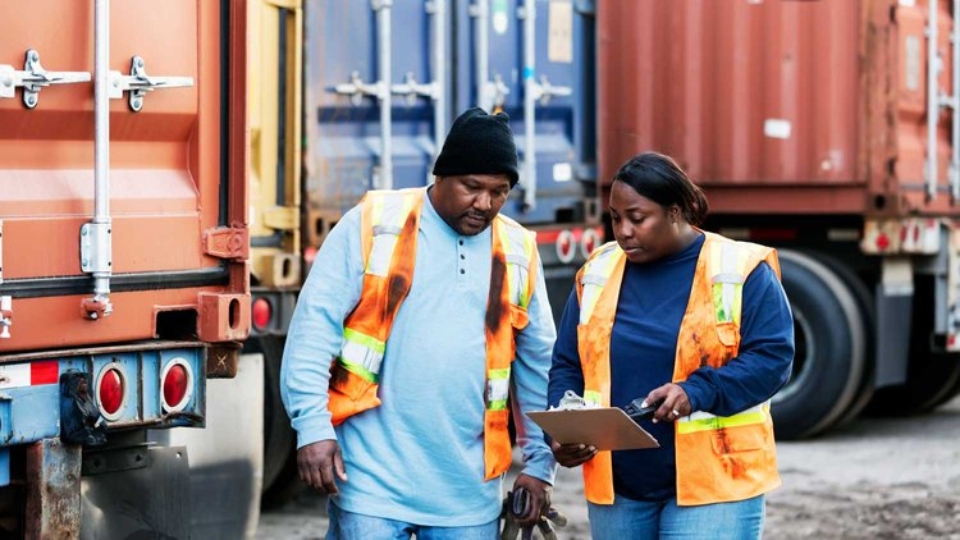Story by
Johnny Mccord
Tags /
- Cargo
- Cargo Theft
- Strategy

The long Memorial Day weekend is nearly here and with it, another expected spike in cargo theft. The reason? Crime syndicates know businesses will be lightly-staffed, and they’ll have longer lead times to fence stolen freight.
Unfortunately, this spike presents a threat to the sustainability of SMBs.
Consider this: Not only is more than 60% of cargo in transit under or uninsured, but the hit of an unrecovered loss can also be substantial. In fact, in 2021, stolen cargo was valued at an average of $172,340—a number that doesn’t factor in expedited replacement costs, supply chain costs, or attempted cargo recovery and claims filing labor costs. It also doesn’t account for the negative impact on reputation and customer loyalty. After all, replacing goods and merchandise doesn’t happen quickly these days.
It’s why I’m raising the alarm.
As we make our way toward the long weekend, I urge you to be on the alert. High-value shipments, particularly of alcohol and meat intended for backyard grill-outs and electronics on their way to Memorial Day sales, will be targeted—with shipments most at risk at truck stops, warehouses, and distribution centers.
Employee collusion is enabling cargo theft today
The global supply chain remains massively disrupted, making it harder for crime syndicates to predict supply timeframes.
That might sound like a good thing. It’s not.
Gangs aren’t deterred from profitable cargo theft activity simply because they’re contending with a more unpredictable environment. Instead, they’re giving incentives to truck drivers, loading dock workers, and others in exchange for visibility into the goods coming through warehouses and distribution centers.
Workplace culture—a critical component of a sound cargo theft prevention strategy
Employees who are struggling and don’t feel like valued members of the team are more susceptible to venturing down criminal avenues. Unfortunately, two-plus years into the pandemic and unprecedented supply chain disruption, many freight and logistics workers are emotionally and financially strained. It’s why investing in employees and building a strong workplace culture are just as important as asset-based tracking, communication audits, perimeter security cameras, and firewalls.
It all comes down to leaders committing to creating great places to work. Here are a few strategies well worth considering:
Make building supportive, respectful relationships a priority—this is especially important when it comes to the truck driver-dispatcher relationship and should begin with a welcome call before the driver even walks through the door on their first day
Implement workplace wellness checks—these one-on-one calls should have absolutely nothing to do with work, but rather focus on building personal connection and creating space for employees to be heard with kindness and compassion
Identify ways to take the pressure off of the team, especially for long haul drivers who often feel isolated—small gestures, like refueling a driver’s truck while they’re checking in can keep them from feeling as though they’re all on their own
Create comfortable physical spaces—break areas, restrooms, and classrooms are opportunities to demonstrate that you care about your team’s well-being (your attention to their comfort speaks volumes)
Celebrate employees’ hard work—from bonuses and lunches to thoughtful gifts that acknowledge birthdays and other milestones, these gestures help employees feel seen and appreciated
At the end of the day, when leaders create strong workplace cultures and treat employees as valued members of the team, those employees will feel more invested in the business—and do everything they can to protect it.